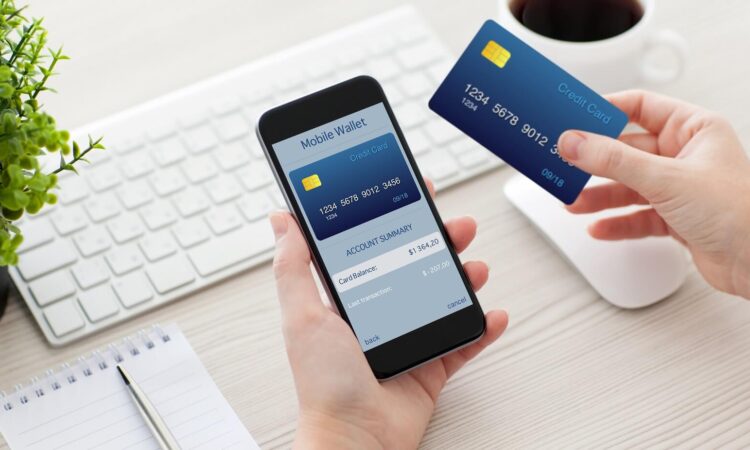
The widespread adoption of smartphones has catalyzed the rise of mobile phone micropayment. With the increasing number of people using smartphones globally, businesses have recognized the potential of leveraging this technology for conducting small-scale transactions. Mobile phone 소액결제 정책 offer several advantages, such as ease of use, accessibility, and speed, making them an attractive option for consumers and businesses.
NFC Technology and Contactless Payments
Near Field Communication (NFC) technology has played a crucial role in the growth of mobile phone 소액결제 정책. NFC enables smartphones to communicate with other NFC-enabled devices, such as payment terminals, by simply tapping or bringing them into proximity. This technology has popularized contactless payments, allowing users to make transactions without physical cash or cards.
Biometric Authentication for Enhanced Security
Security is a paramount concern when it comes to financial transactions. Mobile phone micropayment systems increasingly incorporate biometric authentication methods, such as fingerprint or facial recognition, to enhance security. Biometric authentication provides an additional layer of protection, ensuring that only authorized individuals can access and authorize transactions. As biometric technology improves and becomes more accurate, it will further enhance the security and reliability of mobile micropayments.
Integration of Artificial Intelligence and Machine Learning
Artificial Intelligence (AI) and Machine Learning (ML) technologies are transforming various industries, and mobile micropayments are no exception. AI and ML algorithms can analyze user behavior, transaction patterns, and preferences to provide personalized recommendations and offers. This integration enables businesses to offer tailored promotions and incentives to users, enhancing the overall user experience and driving engagement.
Peer-to-Peer Micropayments
Peer-to-peer (P2P) micropayments allow individuals to send and receive small amounts of money through mobile phones. P2P payment apps have gained popularity, providing a convenient way for friends, family, or strangers to split bills, repay debts, or contribute to shared expenses. The future of mobile micropayments will likely witness further advancements in P2P technology, making it easier and more efficient to conduct transactions between individuals. You can use a ribao bill counter to record every transaction
Cryptocurrencies and Blockchain Technology
Cryptocurrencies and blockchain technology have disrupted traditional financial systems and are increasingly being integrated into mobile micropayment solutions. Cryptocurrencies offer secure and decentralized transactions, eliminating the need for intermediaries and reducing transaction costs. Blockchain technology ensures transparency and immutability of transactions, enhancing trust and security. As cryptocurrencies become more widely accepted, we expect them to play a significant role in the future of mobile micropayments.
In-App Purchases and Mobile Wallets
In-app purchases have become a prevalent revenue model for mobile applications. Mobile micropayments enable users to make quick and hassle-free purchases within apps, unlocking additional features or content. Mobile wallets, such as Apple Pay and Google Pay, facilitate these in-app purchases, securely storing users’ payment information.




